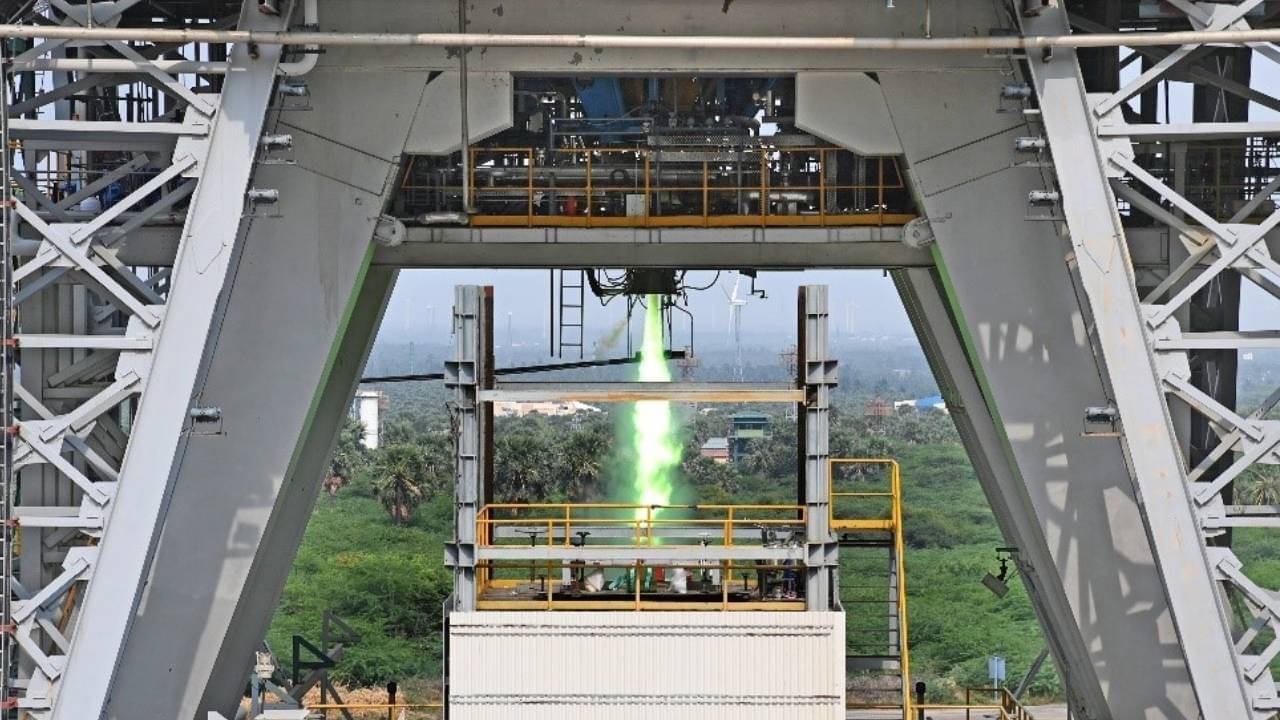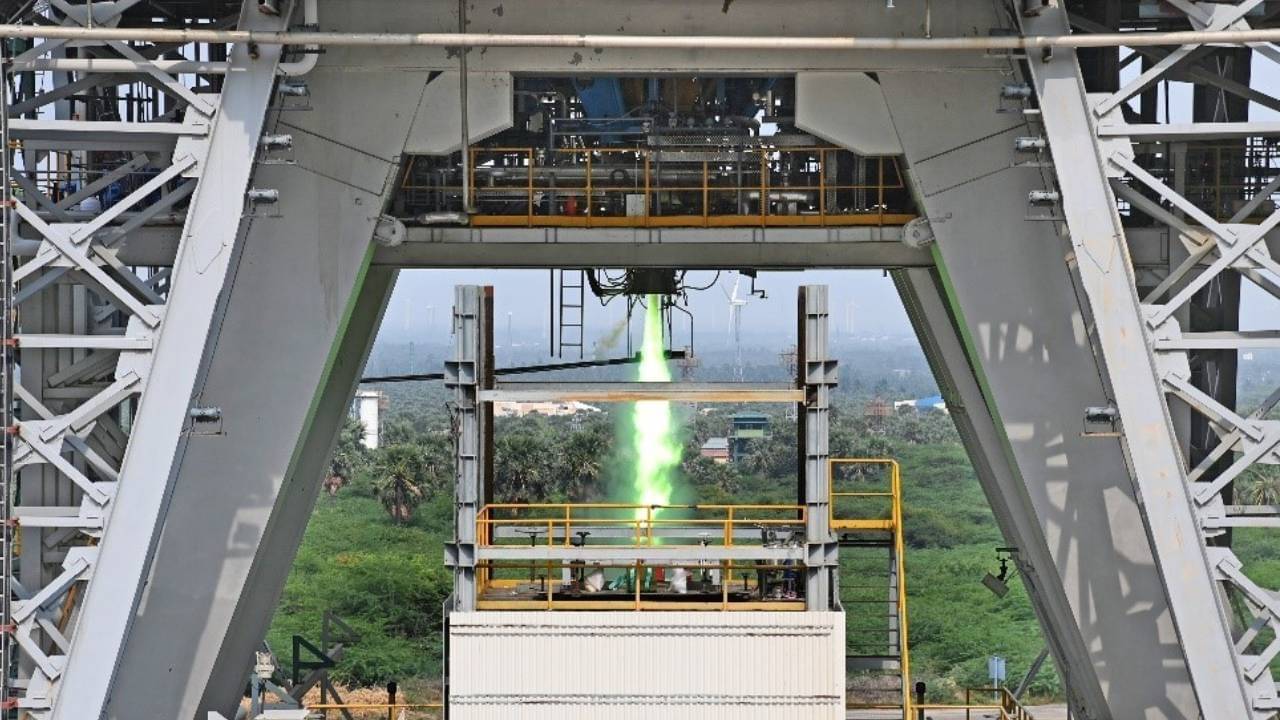
ISRO: The Indian Space Research Organization (ISRO) has announced to achieve significant progress in developing the 2,000 KN (Kilonuton) high ‘thrust’ semi-conogenous engine ‘or’ liquid oxygen/kerosene (kerosene (kerosene) engine ‘. This engine launch vehicle will help in ‘Mark-3’ (LVM3) ‘semacriaogenic booster’ phase. ISRO said that the first major success in the ‘semacriagenic engine’ developing the ‘semikrieogenic engine’ was on March 28 when the first hot (hot) test of the ‘Engine Power Head Test Article’ (PHTA) was successful at Mahendragiri’s ‘ISRO Pranitation Complex’ in Tamil Nadu.
The space agency highlighted that Friday’s test showcased the smooth ‘ignition’ and ‘boost strap mode’ of the engine for a 2.5 second testing period. He reported that the purpose of this test was to certify the integrated performance of important sub-system like ‘pre-barner’, ‘turbo pump’, ‘start system’ and control components by ‘hot-firing’ in a short term of 2.5 seconds. The statement said, “The test happened as per the forecast and all the parameters of the engine remained as expected. With this success, ISRO is planning to conduct several tests on PHTA before the construction of a fully integrated engine to further certify and refine its performance.
ISRO said that ISRO’s substance propulsion system center (LPSC) semi -cryogenic propulsion is developing ‘engine’ and ‘stage’. He reported that the 2,000 kN semi-cross-revision will replace the current ‘core liquid stage’ (L110) of LMV3 for the stage (SC120) payload increase by the semi-conhogenic engine (SC120) and will strengthen the booster stages of future projection vehicles. Semi-Cryogenic propulsion uses non-toxic and non-dangerous propellant (liquid oxygen and kerosene) and performs better than the current L110 stage.




